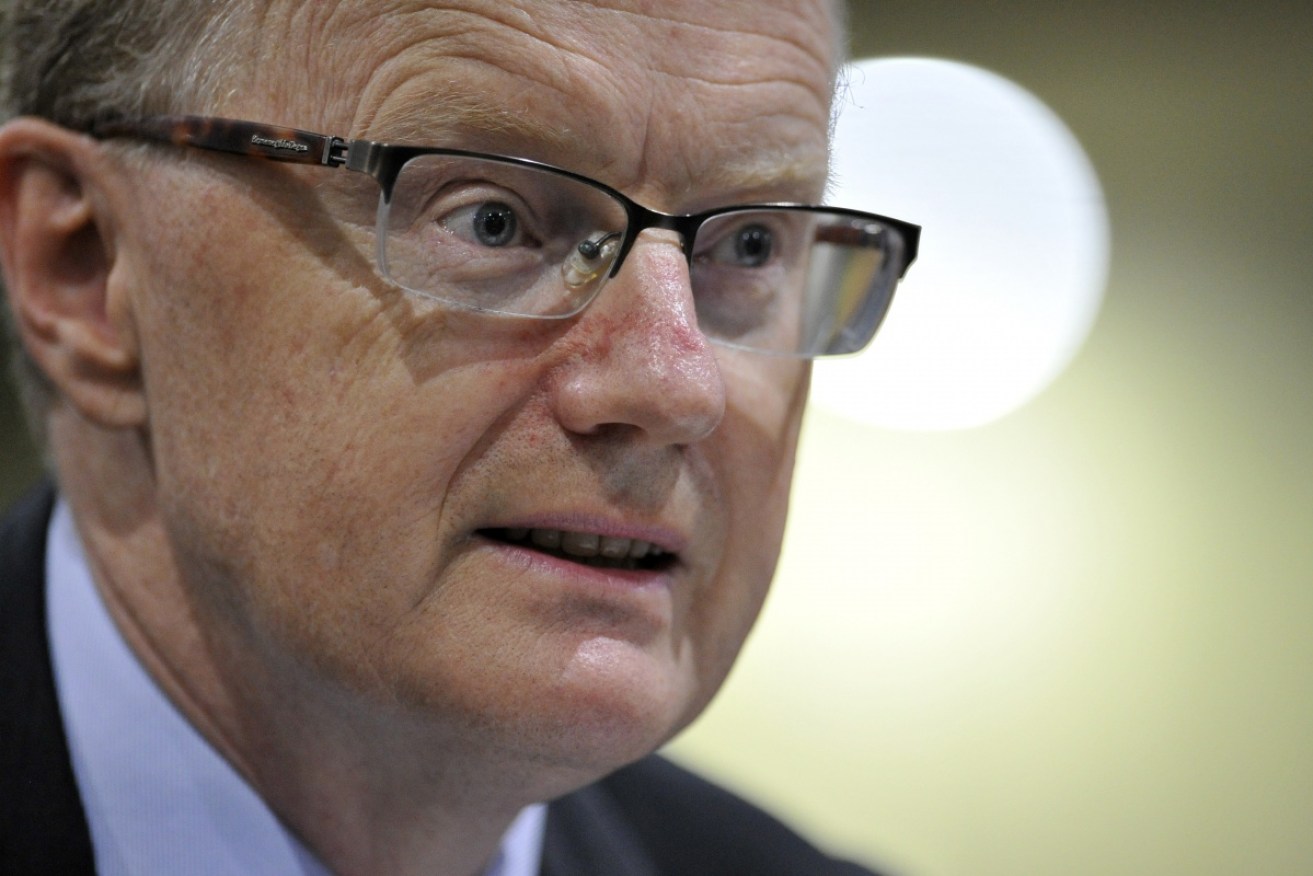RBA boss rebukes banks for putting the economy at risk

Dr Lowe even squeezed in a covert dig at negative gearing. Photo: AAP
Reserve Bank governor Dr Philip Lowe has criticised the banks for “weakening the resilience” of the Australian economy with their lax lending practices and “unusual” interest-only mortgages.
“Too many loans are still made where the borrower has the skinniest of income buffers,” Dr Lowe said at an RBA board dinner in Melbourne on Tuesday.
“In some cases, lenders are assuming that people can live more frugally than in practice they can, leaving little buffer if things go wrong.”
The speech capped a flurry of interventions by Australia’s financial regulators in recent days, as they sought to stamp out the kinds of practices that led to the US sub-prime mortgage crisis of 2007.
With the “full support” of the RBA, the corporate watchdog ASIC this week forced eight mortgage lenders to compensate victims of dodgy loan assessments, also announcing it would impose greater oversight on how lenders assess capacity to repay and which outfits are selling interest-only loans.
It followed prudential regulator APRA’s new limit on interest-only loans. From now on, lenders must limit these risky loans to 30 per cent of new residential mortgages, down from the current 40 per cent.
Dr Lowe blamed the rise of these loans (which he described as “unusual by international standards”) in part on the “taxation arrangements that apply to investment in residential property” — a veiled reference to negative gearing and the capital gains tax discount.
The Reserve Bank is concerned that “high and rising” household debt, caused primarily by skyrocketing house prices in the eastern cities, is a risk to the nation’s ability to withstand a financial shock.
Over the past year, housing debt increased by 6.5 per cent while aggregate household income rose by only 3 per cent, causing a further deterioration in the ratio of household debt to income “from an already high level”, Dr Lowe said.
While Australians are “coping reasonably well” with this “sobering combination” of rising debt and sluggish wages, the RBA governor said all this might change in a crisis. In his words: “Stretched balance sheets make for more volatility when things turn down.”
Dr Lowe devoted a substantial part of the speech to explaining what he sees as the causes of “briskly” rising prices in Sydney and Melbourne.
The median house costs $880,000 in Sydney, up $41,100 in just three months, CoreLogic reported on Monday. The median Melbourne house is selling for $677,000, up $28,280 since December.
Dr Lowe blamed this rapid inflation on “unexpectedly” high population growth, a lack of supply of new homes and under-investment in transport infrastructure, compounded by profit-hungry speculators.
“Not surprisingly, the rising prices have encouraged people to buy residential property as an investment in the hope of ongoing capital gains,” he said.
“With global interest rates so low, many investors have found it attractive to borrow money to invest in appreciating residential property. This has reinforced the upward pressure on prices.”
The RBA held rates for the 12th consecutive month on Tuesday, preferring to leave the task of cooling the Sydney and Melbourne to ASIC and APRA so it needn’t dampen the rest of the economy with a rate rise.








